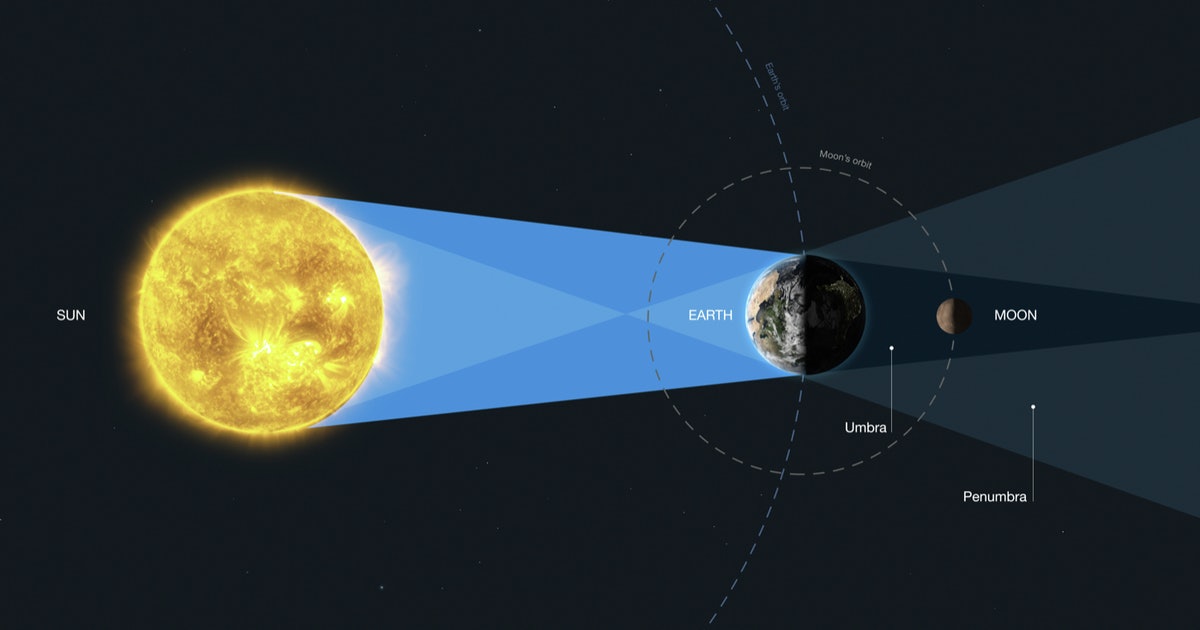
Scientists have been studying the signs for the existence of planets that could potentially support lives for decades now. In a recent study, they have programmed the Hubble Telescope to use the moon as the earth’s mirror to search for signs of exoplanets. They have taken advantage of the lunar eclipse to detect potential ‘biosignatures’ like the ozone layer and such on planets outside our solar system using NASA’s Hubble Telescope.
“One of NASA’s major goals is to identify planets that could support life,” Allison Youngblood of the Laboratory for Atmospheric and Space Physics at the University of Colorado Boulder said in a NASA statement.
“But how would we know a habitable or an uninhabited planet if we saw one? What would they look like with the techniques that astronomers have at their disposal for characterising the atmospheres of exoplanets? That’s why it’s important to develop models of Earth’s spectrum as a template for categorising atmospheres on extrasolar planets,” she explained.
To use the Moon as a ‘mirror’ in this case means that the Hubble Telescope did not look at the Earth directly, but used the Moon to reflect sunlight that had passed through the Earth’s atmosphere into the Hubble Telescope. Though numerous ground-based observations of this kind have been done previously, this is the first time a total lunar eclipse was captured at ultraviolet wavelengths and from a space telescope. The Hubble detected the strong spectral fingerprint of ozone, which absorbs some of the sunlight.




